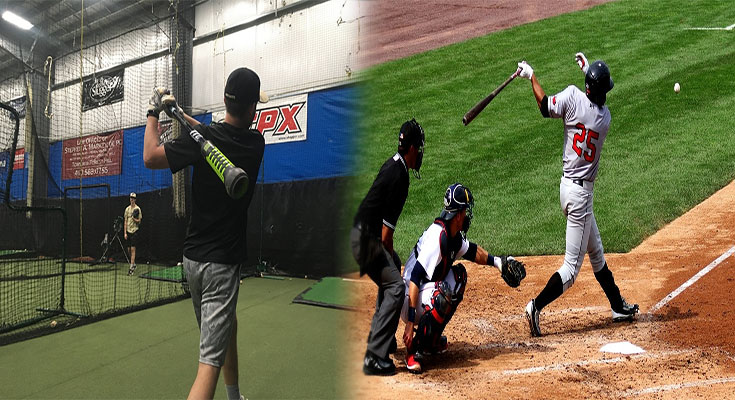
Baseball Bat Weight Distribution and Swing Mechanics
In the game of baseball, the swing mechanics and the weight distribution of the bat play a crucial role in a player’s ability to make solid contact with the ball. Understanding how the weight is distributed in a baseball bat and how it affects the swing can greatly enhance a player’s performance at the plate. In this article, we will explore the concept of bat weight distribution and its impact on swing mechanics.
Bat Weight Distribution:
The weight distribution of a baseball bat refers to how the weight is distributed along the length of the bat. Bats can have different balance points, which are classified as end-loaded, balanced, or handle-loaded. These designations determine where the majority of the weight is concentrated and can drastically affect a player’s swing mechanics.
End-Loaded Bats:
End-loaded bats have more weight towards the end of the barrel, away from the handle. This design creates a …
Baseball Bat Weight Distribution and Swing Mechanics READ MORE
